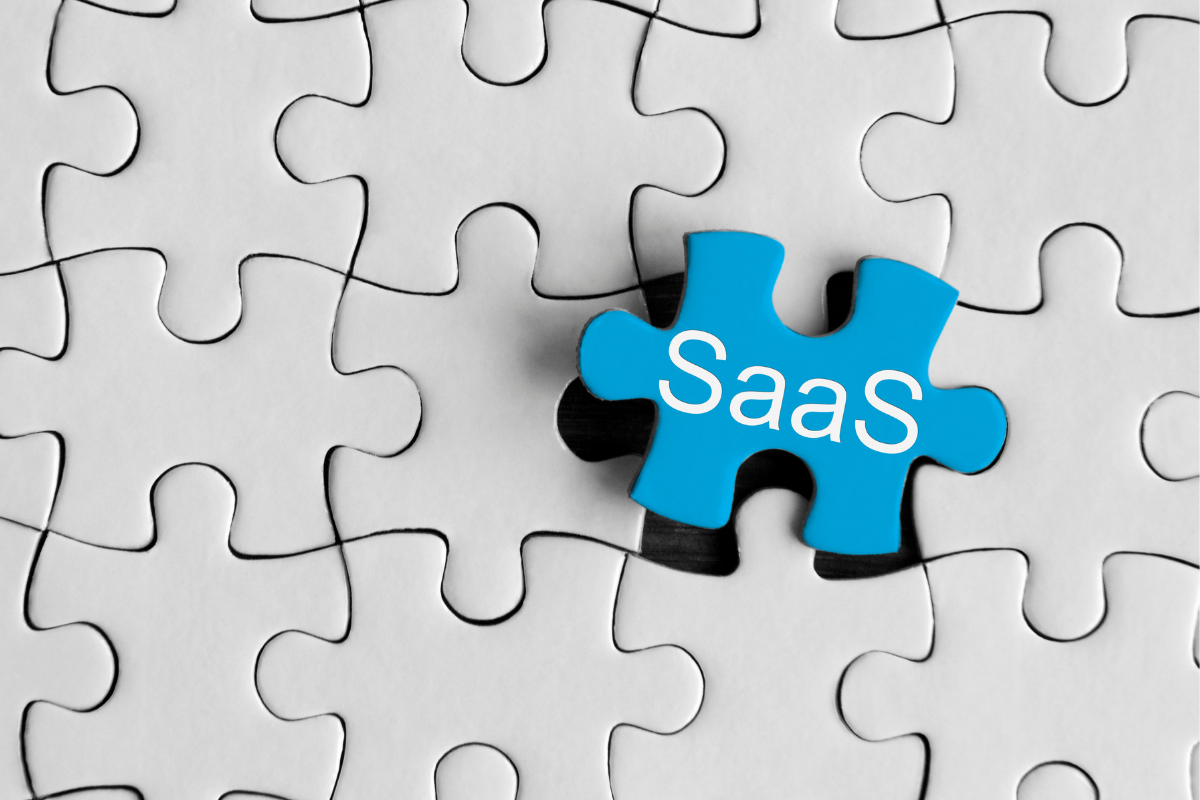
The following information will help you to understand SAAS(software as a service) product development and how it can help you boost your company’s growth.
The majority of businesses adopt SaaS software for a variety of purposes across their industries. SAAS, or “on-demand” software, has been around since the 1970s. Offering software-as-a-service solutions became essential to make specific systems more inexpensive for businesses. With the flow of time and the growth of the internet, it became easier to acquire numerous software solutions. The management of these software systems became important. Many significant firms have shifted to SaaS, making it even more essential to discover strategies to manage them effectively.
What is SAAS(software as a service)?
Software as a service (SaaS) is a tactic of delivery for software. Software as a service through the Internet. Rather of installing and maintaining software, you simply use the Internet to access it, reducing the need for complicated software and device maintenance.
Key features of a SaaS product
- Scalability: SaaS systems are easily scalable and can be swiftly linked with other comparable systems because they are cloud-based.
- Easy to use: The Internet and a variety of mobile devices can be used to access SaaS services. In recent years, the quality and consistency of user interfaces have substantially increased, and the learning curve for adoption has reduced.
- Saving Cost: Companies pay monthly or annual subscription costs for SaaS products, which are significantly easier for a budget. The ability to modify or cancel a subscription is common in SaaS applications.
- Enhanced security: SaaS-based data is often more secure than traditional systems because it is hosted in the information is kept in the cloud, and the supplier handles all these things.
Types of SaaS Applications
Cloud-based applications come in a variety of forms. The following are some of the most well-known:
- BigCommerce or Shopify are examples of eCommerce software that may help you run a business online, including product administration and payment integrations.
- Vertical SaaS – niche-specific products that optimize business processes.
- Collaboration software, such as Miro, can help in communication and information sharing.
- Customer relationship management software, such as HubSpot, aims to automate sales and marketing operations.
- Like Oracle, ERP (enterprise resource planning software) manages business processes.
- Jira or Workflow are examples of project management tools that help PMs collaborate with their teams.
- Billing software, such as Tipalti that covers all payment operations with a single click.
What are the most crucial SaaS metrics to keep track of?
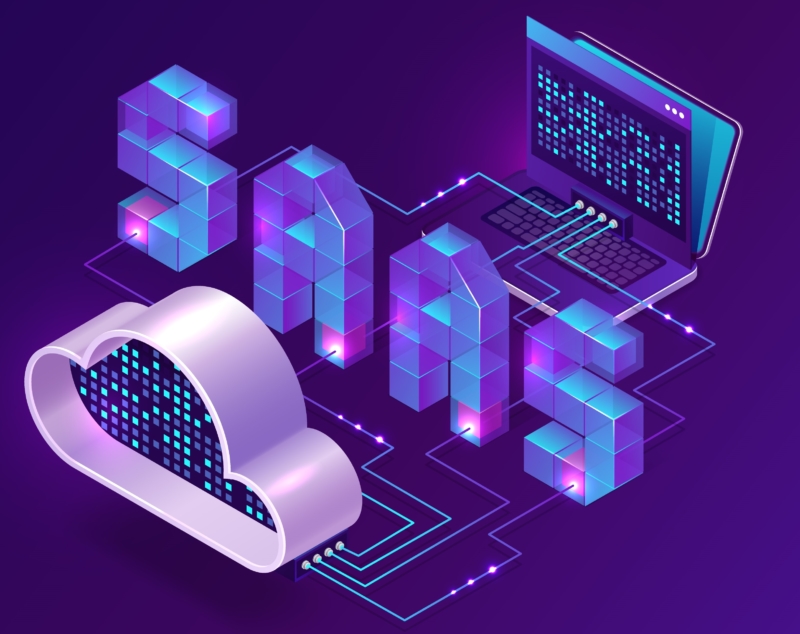
Designed by Freepik
When you own a business, you simply want to know how it is going. Numerous metrics can provide insight into the state of your product. While using services like Google Analytics or Hotjar can be beneficial, they are sometimes not enough.
The majority of SaaS companies concentrate on KPIs, or Key Performance Indicators, such as:
- monthly or yearly income
- CAC (cost of acquiring a customer)
- Customer lifetime value (LTV) is a metric that measures how much money a customer makes throughout their subscription.
- The value customers obtain from your offering is measured by NPS (net promoter score).
- Customer churn is the monthly percentage of customers who cancel their subscription.
Things to keep in mind while using SaaS services for your business:
Marketing analysis
Intensive research before development generates a variety of product development ideas and ensures the product’s success after launch.
You’ll be able to quickly learn about your competitors’ activities, market demand, and potential clients. Validating your software development idea as a first step is essential because it will help you prevent mistakes in the future.
If your market research shows that your product matches your target audience’s needs, you can determine whether they will pay for it and whether your business plan will provide them with recurring benefits.
Discuss SaaS requirements
Many SaaS(software as a service) products probably have at least a few features.
Analyze the problems that your product may bring to customers or gain a complete understanding of the challenges that your product may face so that you can plan ahead of time for application development.
As a result, it’s ideal to build a SaaS product that meets their current and future needs while maintaining excellent data security.
Define the MVP (Minimum value product)
The first success of your app development is putting a minimal viable product on the market. This will show you what price and features will attract your target market, and the user will be more aware of the products price.
Know your budget
Once you’ve gone over all of the things, you’ll have a better idea of how much to invest in your SaaS product development and whether it’ll be reasonable to your customers.
After all this process, you should to create a product that benefits both you and your user/customer.
4 Ways SaaS (Software-as-a-Service) can Help you to boost your business
Latest features
You can get updates, software upgrades, and new functionality as soon as they’re launched using a SaaS business solution. It will increase efficiency and provide you with the most up-to-date company information. Saas (software as a service) systems are constantly updated to improve the security and usability of your data. It automatically resolves all of the flaws in the system and makes it run smoothly. You can begin using the new features right away. SaaS solutions enable you to take a vertical and horizontal look at your whole company processes, helping you in locating the most appropriate solutions.
Reduced application cost
One of the most significant advantages of SaaS is this. Every organization need lower application costs. It has the capacity to have a more substantial effect on individual business units, and thereby the overall business process. The price of IT infrastructure and upkeep are always on the higher side. These expenditures can be significantly reduced with SaaS solutions, allowing you to invest your cash in other areas while maintaining a safe and adaptable corporate infrastructure. SaaS business models are typically subscription-based, allowing for scalability as well as customized solutions for your individual needs.
Flexibility for business and users
Flexibility is one of the most vital characteristics for any company to succeed in the rising market. Businesses that are adaptable in their strategy, culture, and business model are always ahead of their competitors. A company’s flexibility is defined by how it approaches new applications, features, system upgrades, and new users. SaaS solutions allow for the immediate addition of new users, feature customization, and the creation of a new custom business solution. Because the service provider controls the backend and infrastructure, you won’t have to worry about changing modules or features as needed.
Collaboration
This is the benefit of SaaS apps: they allow several users to collaborate on the same programme simultaneously. On the project, more than one person can work together. In these situations, user collaboration is strongly desired. There’s a good possibility that data will be stored or saved incorrectly. SaaS is clever, allowing users to preserve data wisely without risking data loss. Will no longer emails documents for review, systematic folders, and master documents.

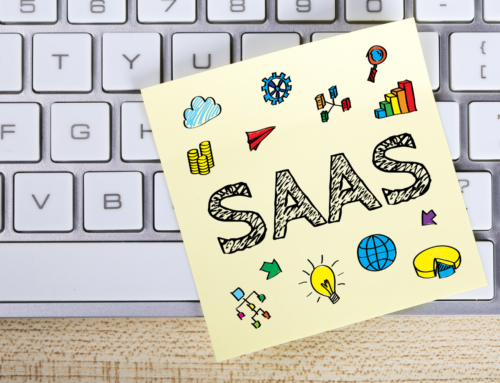
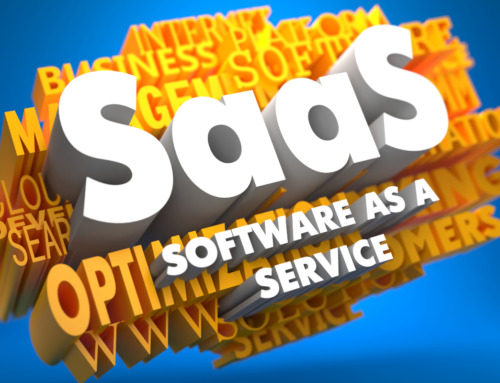


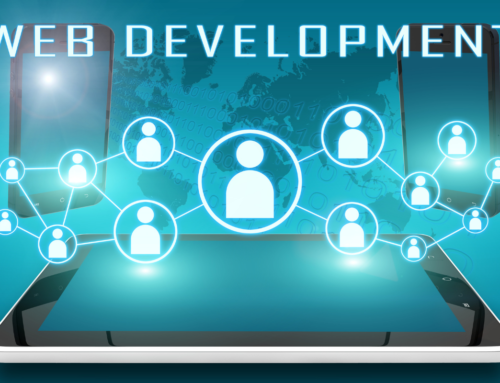

Leave A Comment